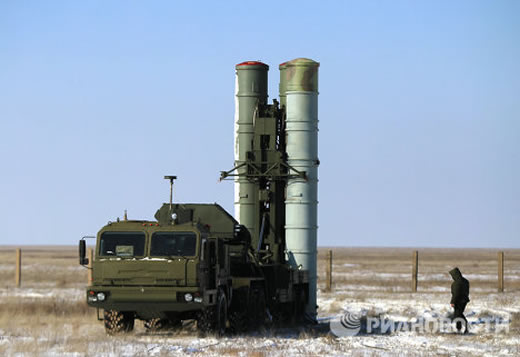Russia is beginning to deploy the third S-400 Triumph Air Defense Missile System with an air-defense regiment based in Russia’s Far-East.

S-400 (NATO reporting name SA-21 Growler) was developed by the Almaz Central Design Bureau as an upgrade of the S-300PMU-3 air defense missile system. Development began in 1999 and the first unit was declared operational in 2007 – the first S-400 regiment stationed near the town of Elektrostal. The second unit has recently completed training at Kapustin Yar and is currently shipping equipment to its permanent base outside Dmitrov near Moscow. The base is expected to become operational in March 2011.
An S-400 regiment comprises two squadrons each equipped with eight launchers (a total of 32 ready to fire missiles per squadron). The Triumph unit employs three different missiles to cover its entire envelope – the very long range 40N6, long range 48N6E3 and short range 9M96E or 9M96E2 missiles. The S-400 system has demonstrated its capability to perform ballistic missile interception, by successfully intercepting a ballistic missile target with an upgraded 48N6DM interceptor missile.
According to Russian sources, the S-400 is capable of detecting six targets out to a range of 400 km (250 miles), including aircraft, cruise missiles, and ballistic missiles having a range of maximum 3,500 km and a speed of maximum 4.8 km/s and then engaging them at ranges of up to 200 km. It is designed to have improved performance against stealth aircraft.
According to aerospace defense strategic commander Lt. Gen. Valery Ivanov, the S-500, the successor of the current SA-10 (S-300PMU-1/2) is expected to enter full rate production in 2014. The new S-400, and Pantsir mobile air defense system and currently in development S-500 are expected to be the centerpiece of the Russian air defense modernization plan, scheduled to follow through the decade and be completed by the year 2020.
Related news:
















